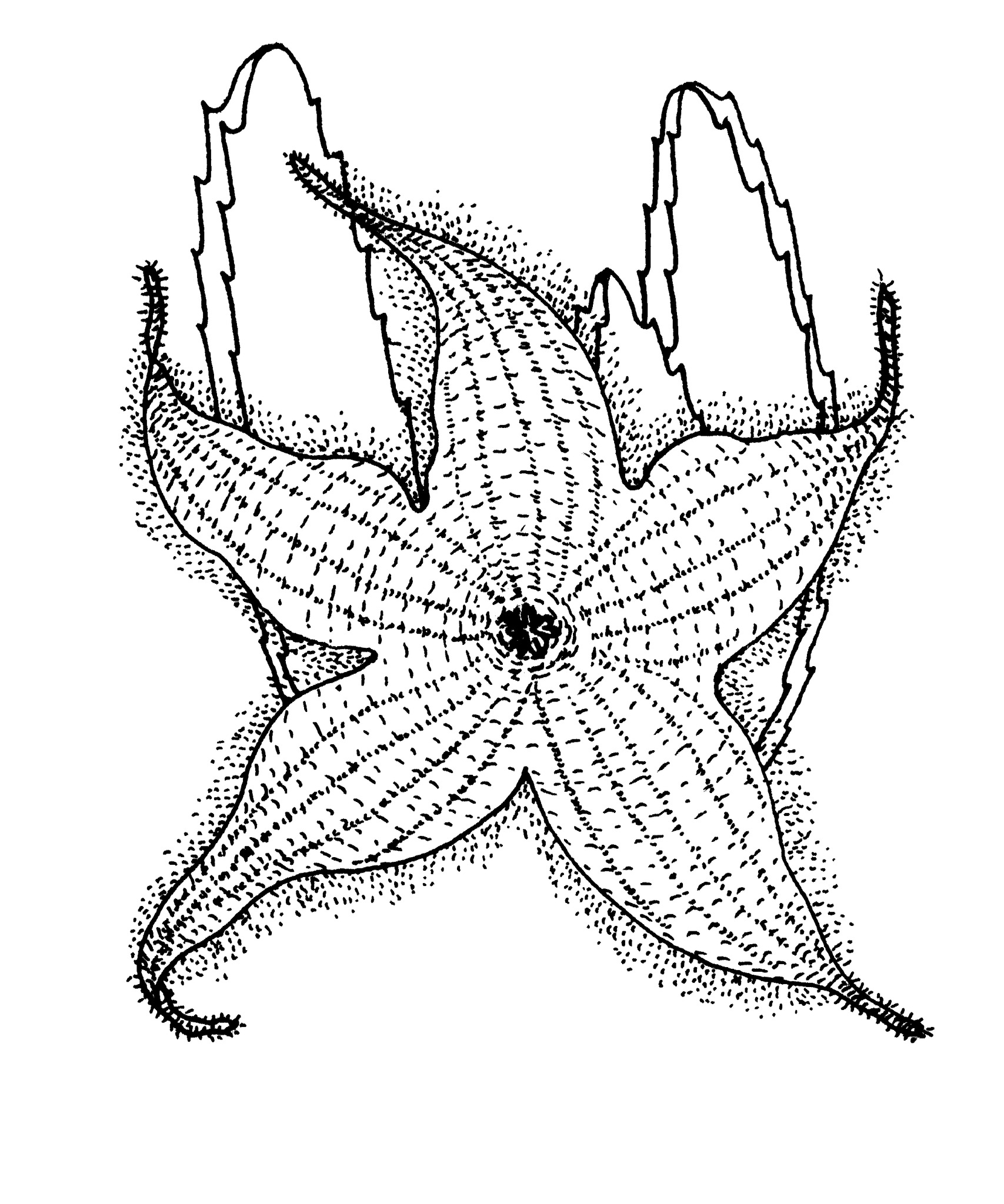
Named for Johannes van Stapel, a 17th century botanist and physician.
Perennial, succulent, tufted herbs with clear latex, stems rough-hairy. Leaves rudimentary; mucilage glands absent. Corolla bell-shaped, rough or warty, hairy; tube short; lobes, free at tips, valvate. Annular and corolline coronas absent; staminal and interstaminal coronas present, with the latter not sessile or fused to the corolla tube. Follicles tapered at each end; seeds with hair tuft at one end.
Most species have putrid flowers that attract flies seeking carrion. A wide range of species is grown by specialist collectors.
Seed or cuttings.
Soft-hairy stems and corolla.
About 50 species in southern and E Africa.
Leach (1985).
Source: (2002). Hoya. In: . Horticultural Flora of South-eastern Australia. Volume 4. Flowering plants. Dicotyledons. Part 3. The identification of garden and cultivated plants. University of New South Wales Press.
